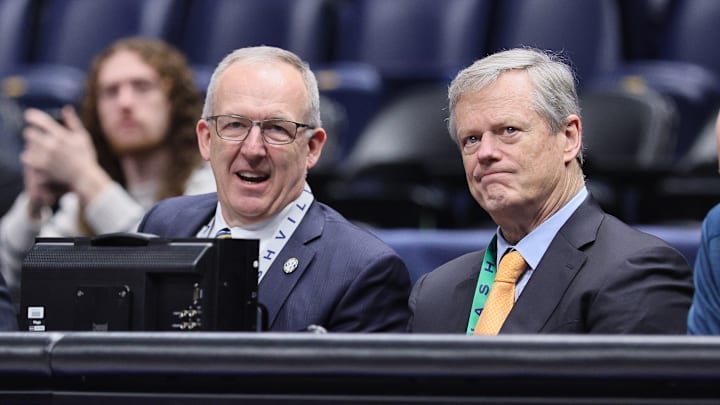A byproduct of the expected change for schools to pay athletes is no formula that defines how best to do it. To some extent, all Alabama Crimson Tide sports programs will be affected. The 'House Settlement' resulting from anti-trust cases is close to being finalized. Implementation will begin in the 2025-25 athletic seasons.
Alabama is expected to fund player payments at the 100% level of roughly $22M per year, as defined by the settlement. Many college athletic programs will be unable to reach the $22M cap. NIL payments will continue as well. NIL funds are not calculated in the $22M cap.
Because so many programs cannot absorb the additional costs, some painful changes will also occur. Greg Sankey has stated SEC programs will not cut any sports teams. Hopefully, Sankey is correct.
There will be changes in scholarship numbers. One expected change is that baseball will no longer have partial scholarships.
College sports leaders are targeting the end of the week to finalize the terms of the long form agreement of the House Settlement, sources tell ESPN. The expected target remains a roster limit of 105 football and 34 for baseball.
— Pete Thamel (@PeteThamel) July 22, 2024
There had been a move to change football to 95 scholarships with a roster limit of 105 players. It seems the 85 scholarship limit will remain in place, but total roster limits will shrink considerably.
SEC football coaches have loudly complained about capping the rosters to 105 players. Kalen DeBoer has not been one of the most vocal detractors. That does not mean he embraces the proposed change. Last month, speaking with Matt Stahl of al.com, DeBoer stated he has worked with rosters having 110 to 135 players.
The SEC has championships in 21 sports. Every sport will be affected. It is impossible to predict what all the effects will be, beyond what appears inevitable; that football will have far fewer walk-on players.
Each school will craft a plan tailored to its priorities. The biggest obstacle is how will Title IX affect payments to players. The House settlement retroactively distributes $2.8B to players, with an estimated 90% of those funds going to Power Five football and men's basketball players. If Title IX mandates apply to the retroactive, and future player payments, no one person or group currently has a solution.
